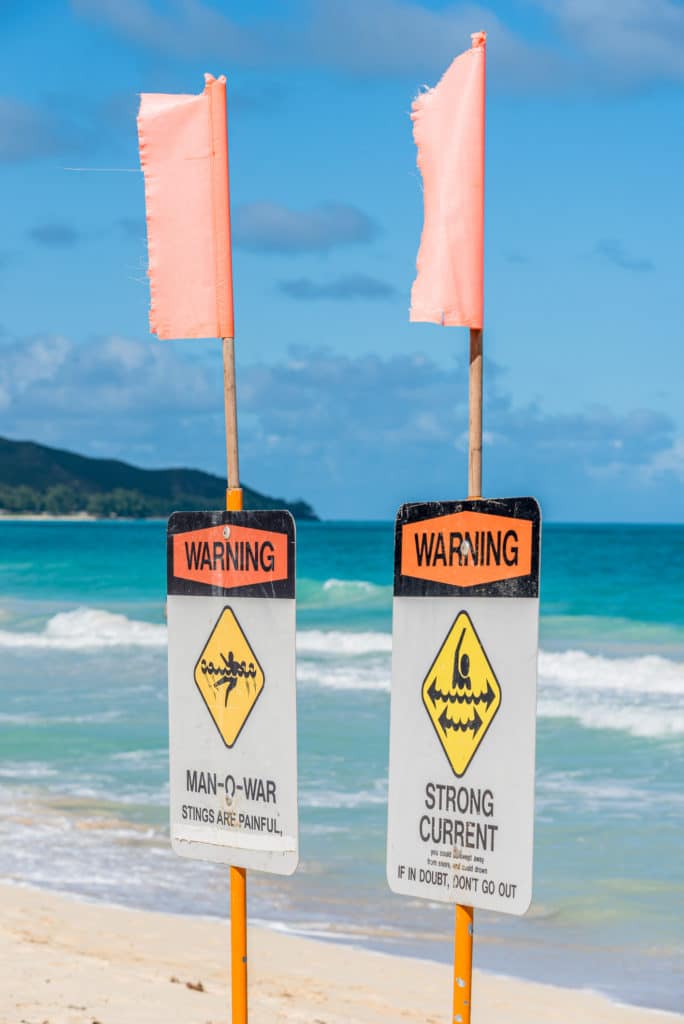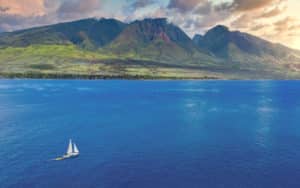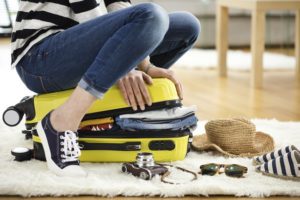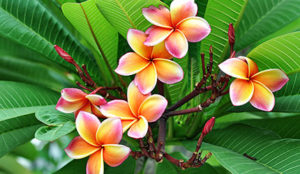Flying to Hawaiʻi is easy, no doubt about it. And honestly, vacationing in Hawaiʻi—with a little bit of planning—isn’t terribly difficult either. The Islands are considered paradise for a reason. But there are a few things that incoming visitors, especially first-time flyers, should know about the Rainbow State before touching down on Hawaiian soil, from understanding a few key phrases of local verbiage to knowing when rush hour traffic begins and ends. So here are 10 things to know before booking your trip to Hawaiʻi.
1. There Are Eight Major Hawaiian Islands
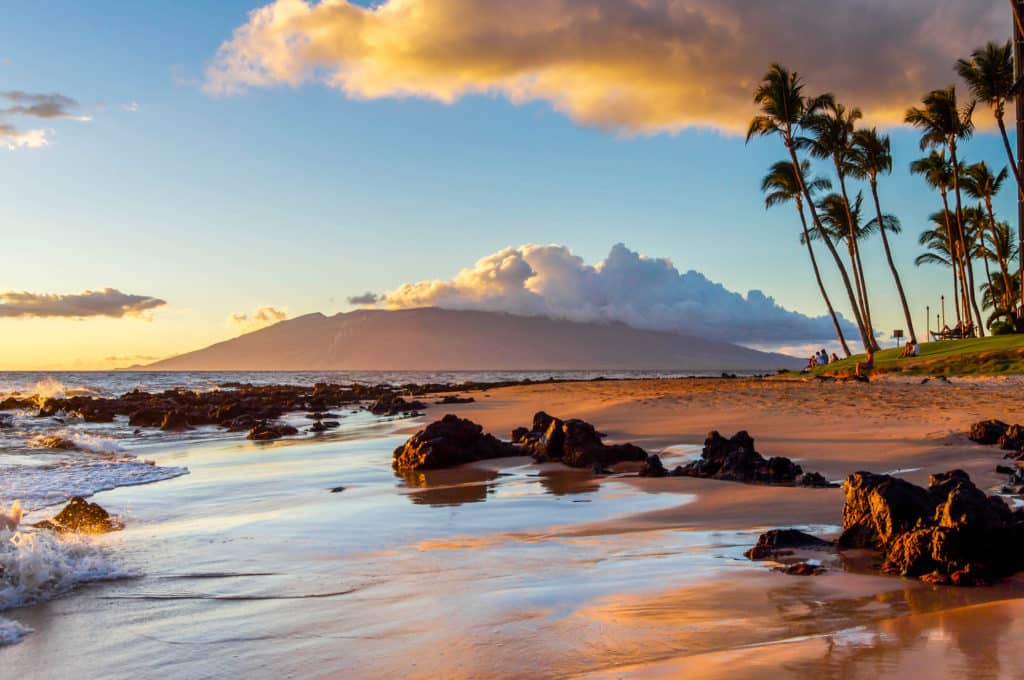
While there are over 130 islands in the Hawaiian Island chain, only eight can be considered as “Major Hawaiian Islands.” Those include Oʻahu, Maui, Kauaʻi, Hawaiʻi Island (the Big Island), Lānaʻi, Molokaʻi, Niʻihau and Kahoʻolawe. While both Niʻihau and Kahoʻolawe are off-limits to visitors, the remaining six are fully accessible to travelers.
READ MORE: What is the Best Island in Hawaii to Visit?
2. Local Verbiage—Pidgin
It’s good to know a few local phrases and verbiage before arriving in the Islands, just to avoid confusion. First and foremost, the residents of Hawaiʻi should not be referred to as Hawaiians—unless they are of actual Hawaiian descent—and instead be called locals. Kāne means man, and wahine means woman, something you’ll want to know when trying to find the restroom. There are so many more terms to brush up on, and you can read those below.
READ MORE: 50+ Hawaiian Pidgin Phrases You Need to Know
3. Island Hopping is Fast and Easy
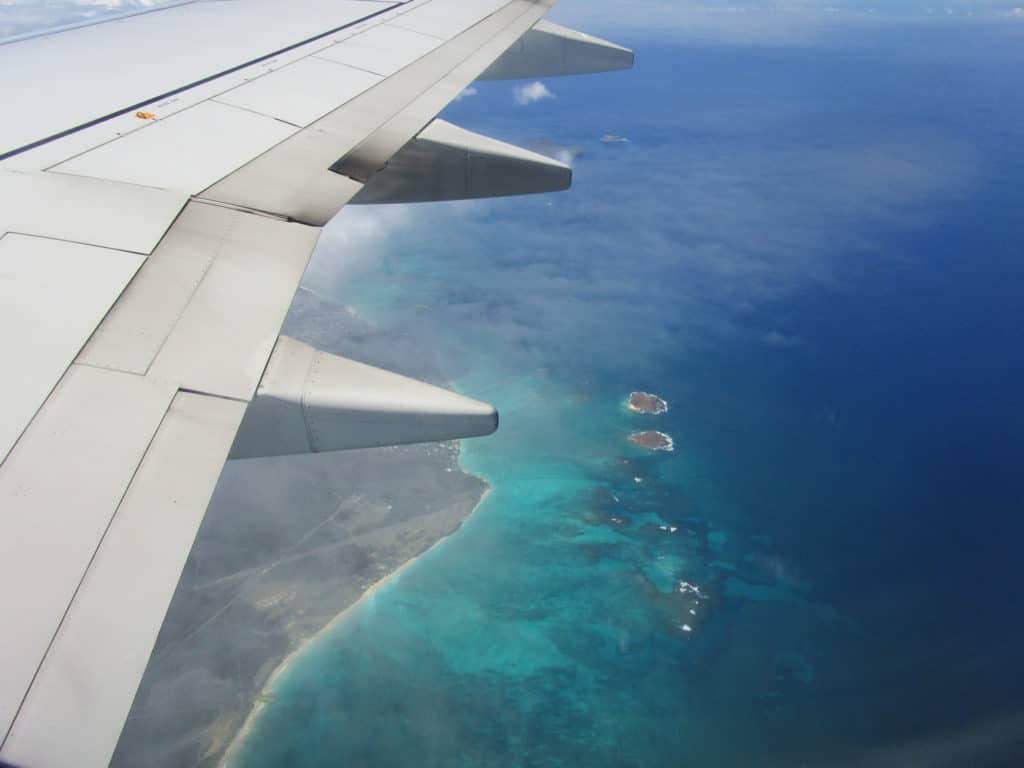
While it may seem like a whole deal to travel between Hawaiian Islands, it can really be done in a matter of hours. The flight itself will only take 30 to 45 minutes, depending on where you’re headed to, and popular airlines like Hawaiian Airlines and Southwest Airlines offer a wide variety of interisland routes. Island hopping is a great way to experience two or more islands on your Hawaiʻi vacation, especially if your stay in paradise is longer than a week.
4. Hawaiʻi Has Seasons—Kind Of
Hawaiʻi does not have seasons in the traditional manner. It doesn’t get too hot in the summer, and winter climes are just as tropical as a day in June. But there are some changes throughout the year, namely crowds and airfare. If you’re looking for more affordable flights and extra room on the beach, fall and spring—minus spring break—are great seasons to book your trip. While summer and winter may be a bit costlier to travelers, no one can deny the allure of summer in Hawaiʻi or spending the holidays with family in the Islands.
5. Definitely Rent a Car
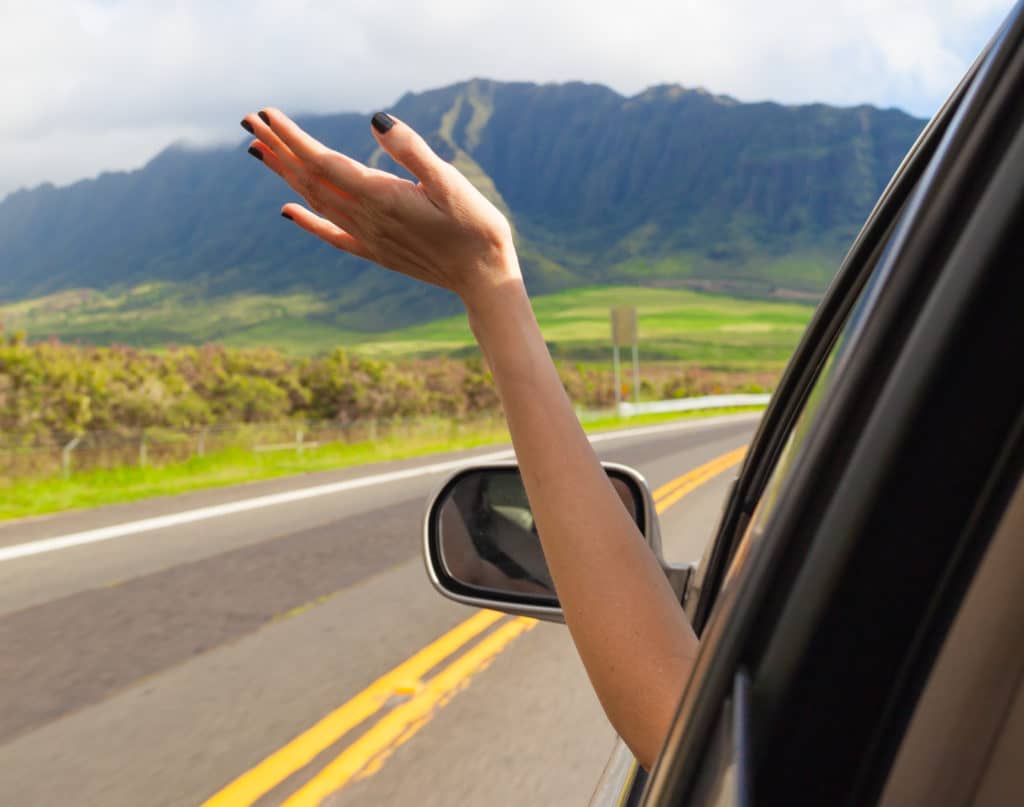
While the Hawaiian Islands aren’t large—actually Big Island is pretty big, hence the name—you’ll still definitely want to rent a car for your visit. While we have great bus lines, there’s not much else in the way of public transit. So get a car, and if you’re thinking about hitting up Lānaʻi or Molokaʻi, you’ll actually need a vehicle with four-wheel drive to see much of the island.
6. Know Some Hawaiian History
You don’t have to be an expert in Hawaiian history before coming to Hawaiʻi, but knowing the major points will help put things into perspective for first-time travelers. From the unification of the Islands by King Kamehameha the Great to the overthrow of the Hawaiian Kingdom, it’s good to know about these major happenings and historical events. If you’re traveling to Oʻahu, ʻIolani Palace is a great place to learn about these subjects.
7. Pets Are a No Go
If you’re thinking about bringing your dog with you on your Hawaiian vacation, you may want to think again. Animals being brought to Hawaiʻi must be quarantined for 30 to 120 days to ensure rabies is not introduced into the local ecosystem. Not only is it a long and difficult process for the pet, it’s tough on the pet owner’s wallet as well, as testing fees can reach into the hundreds.
8. Respect the Land
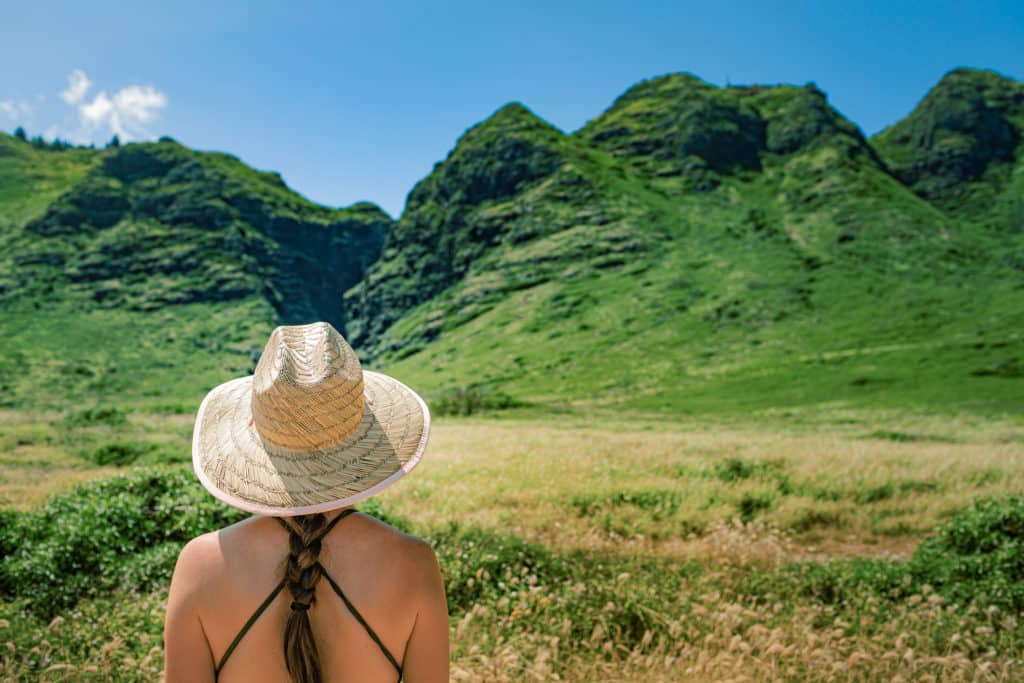
While this one should be obvious, travelers should know well in advance of their Hawaiian vacation that the Islands need to be treated with the utmost respect. With such a large influx of visitors on a daily basis, it’s easy for areas with high visitor counts to see the negative impacts of overtourism. So to keep our islands beautiful, please pick up your trash—and any trash you see around—and respect the ʻāina (land) as you would your own home. This also includes not touching any local wildlife you see, such as honu (Hawaiian green sea turtles) and monk seals resting on the beach.
9. There’s Even Traffic in Paradise
Hawaiʻi has some of the worst rush hour traffic in the nation—especially on Oʻahu and Maui—so you want to be well aware of when daily commuters are on and off the roads. For the most part, morning hours between 8 to 10 a.m. and evening times from 4 to 6 p.m. will see a high influx of cars on the roads, so plan your daily drives around those periods if you can.
10. Heed the Signs
The last thing you want on your vacation is to get into trouble swimming in the ocean. While many beaches are perfectly safe and fun to lounge at in Hawaiʻi, large surf can lead to dangerous ocean conditions. Typically on days with big surf, you’ll see signs in the sand warning swimmers of dangerous rips, heavy shorebreak and more, and it’s in your best interest to heed these warnings. Other signs that should be followed are private property signs—even if there’s a nice hike you saw on Instagram in the area.

